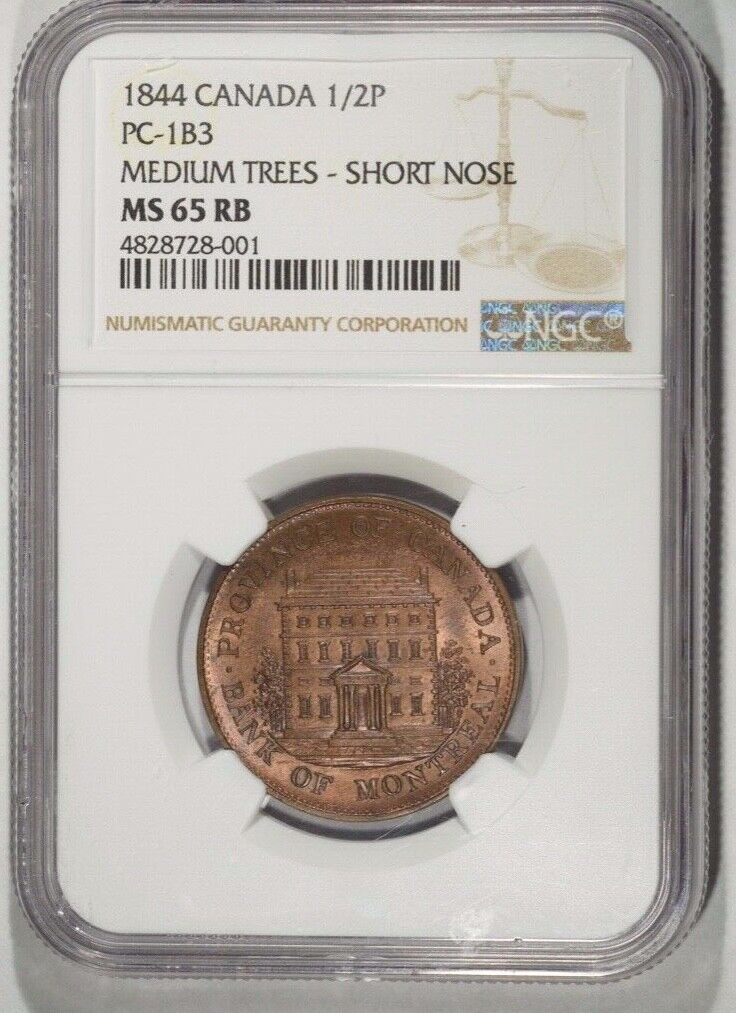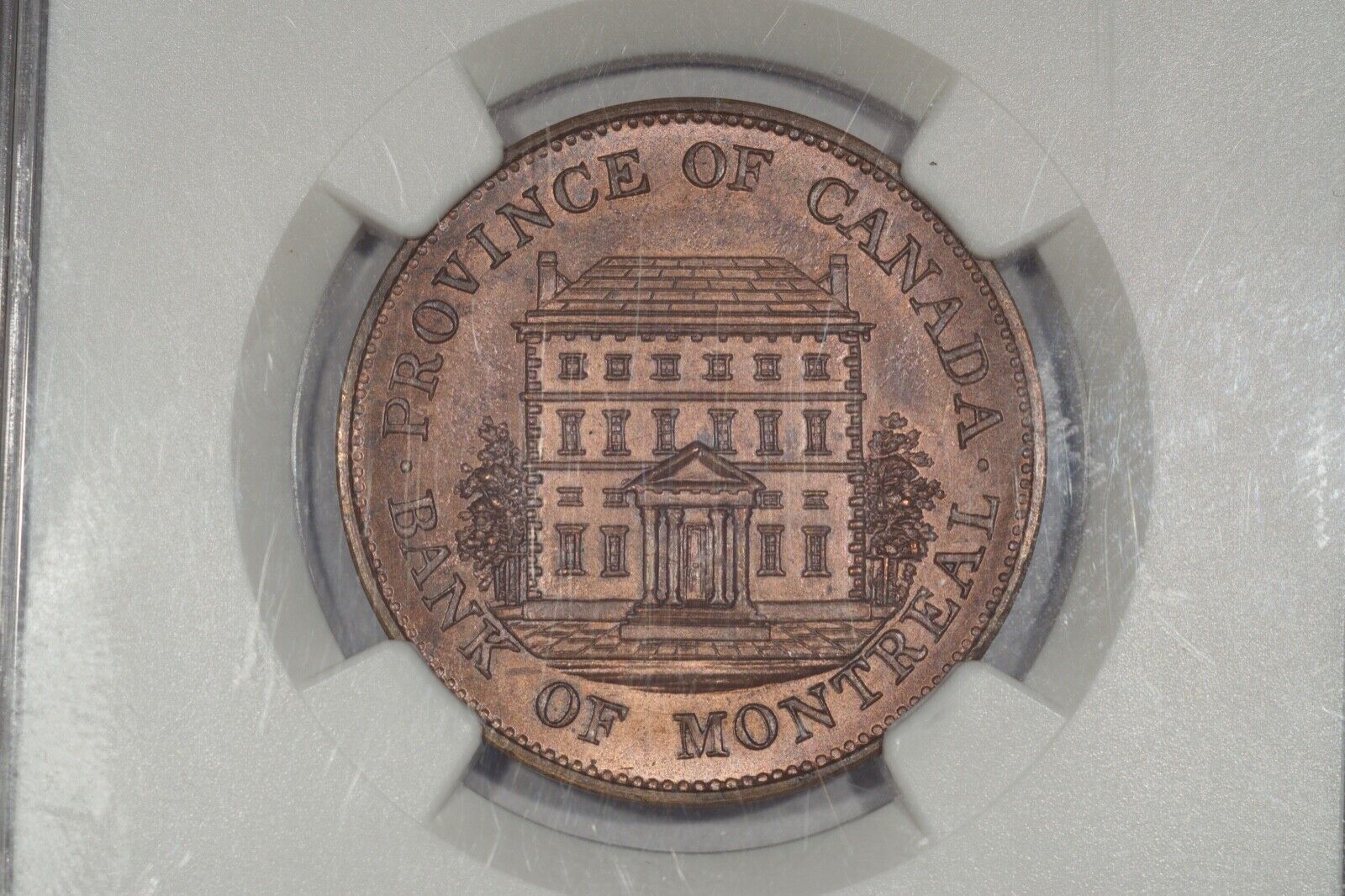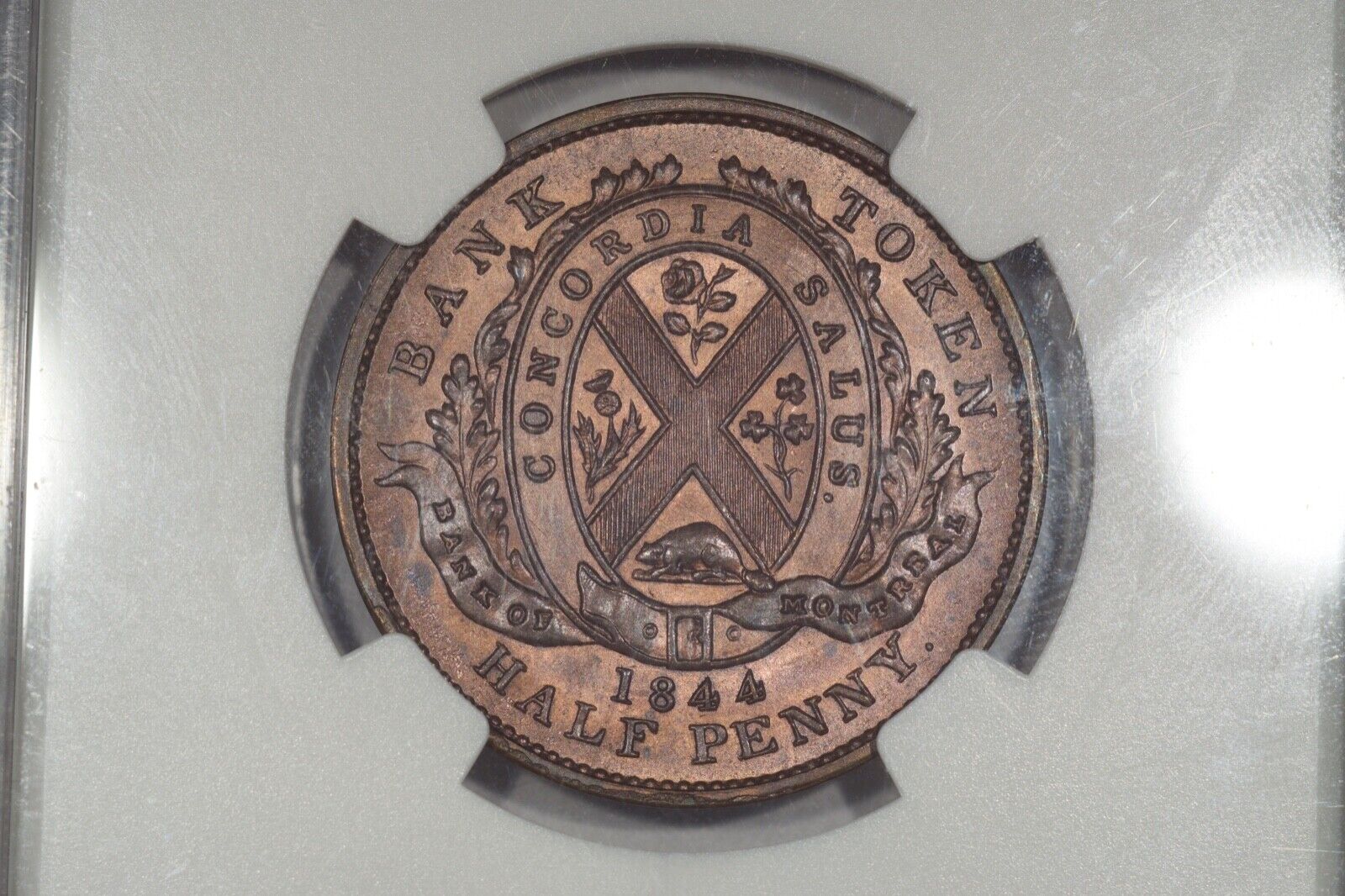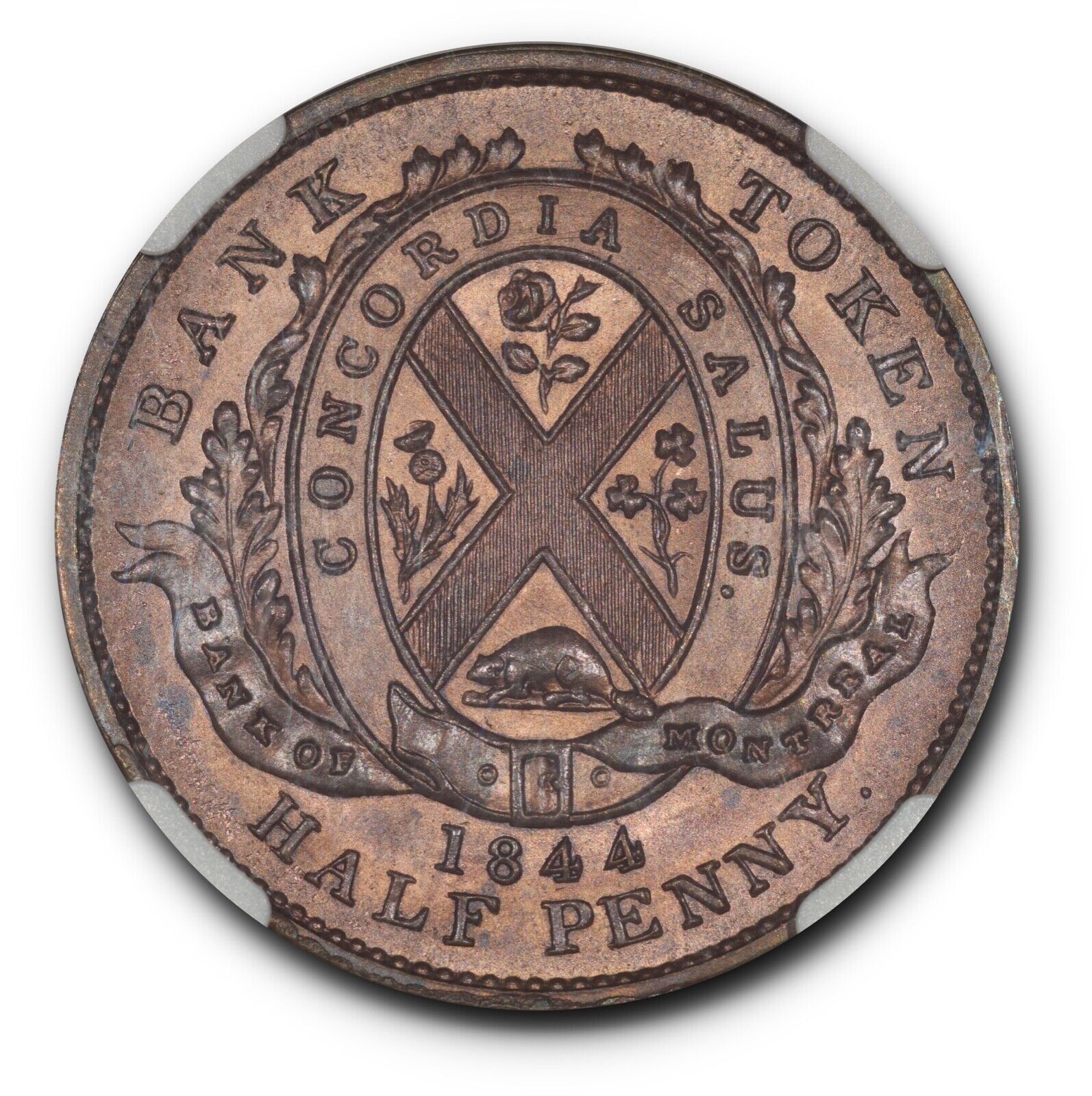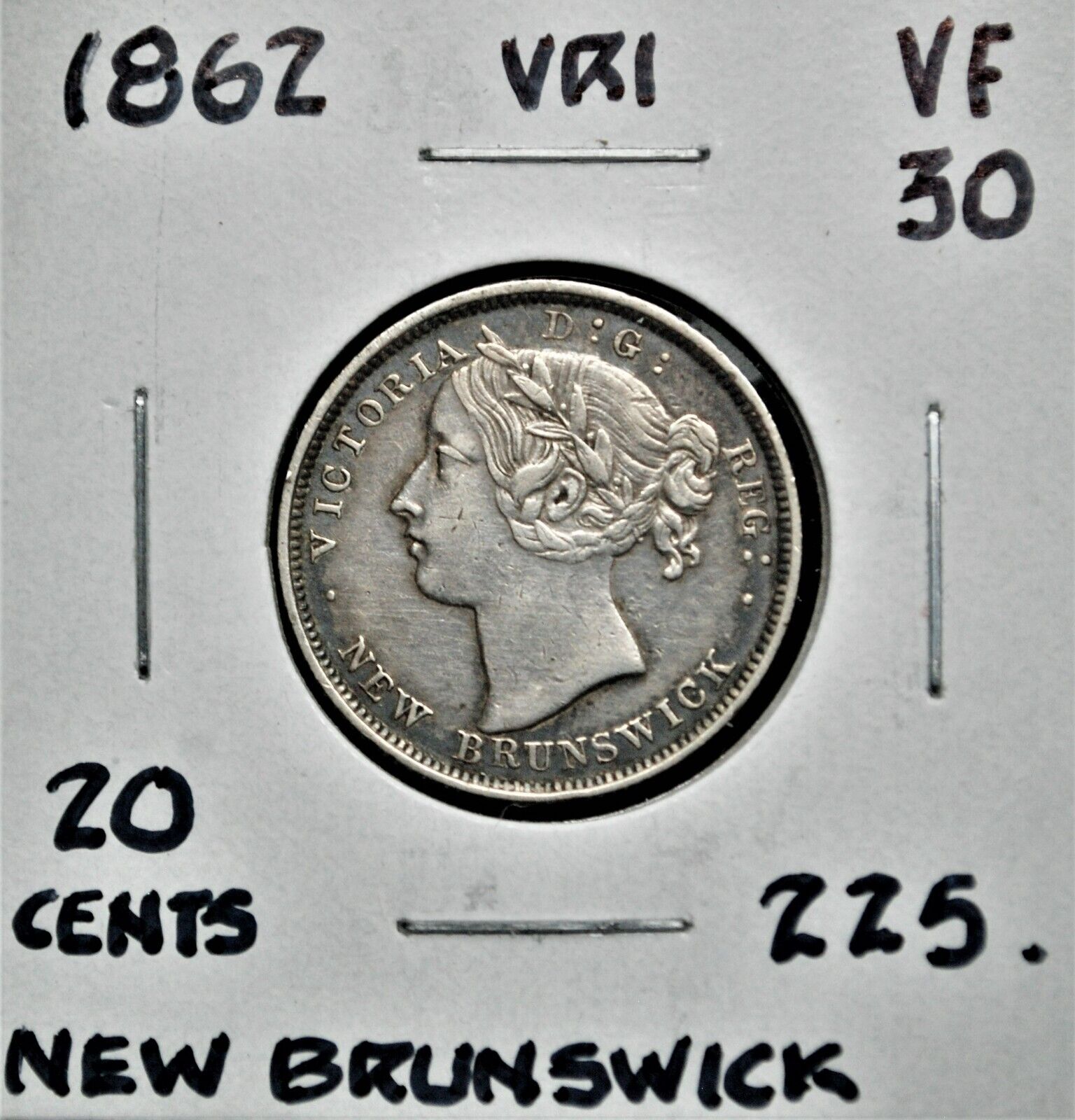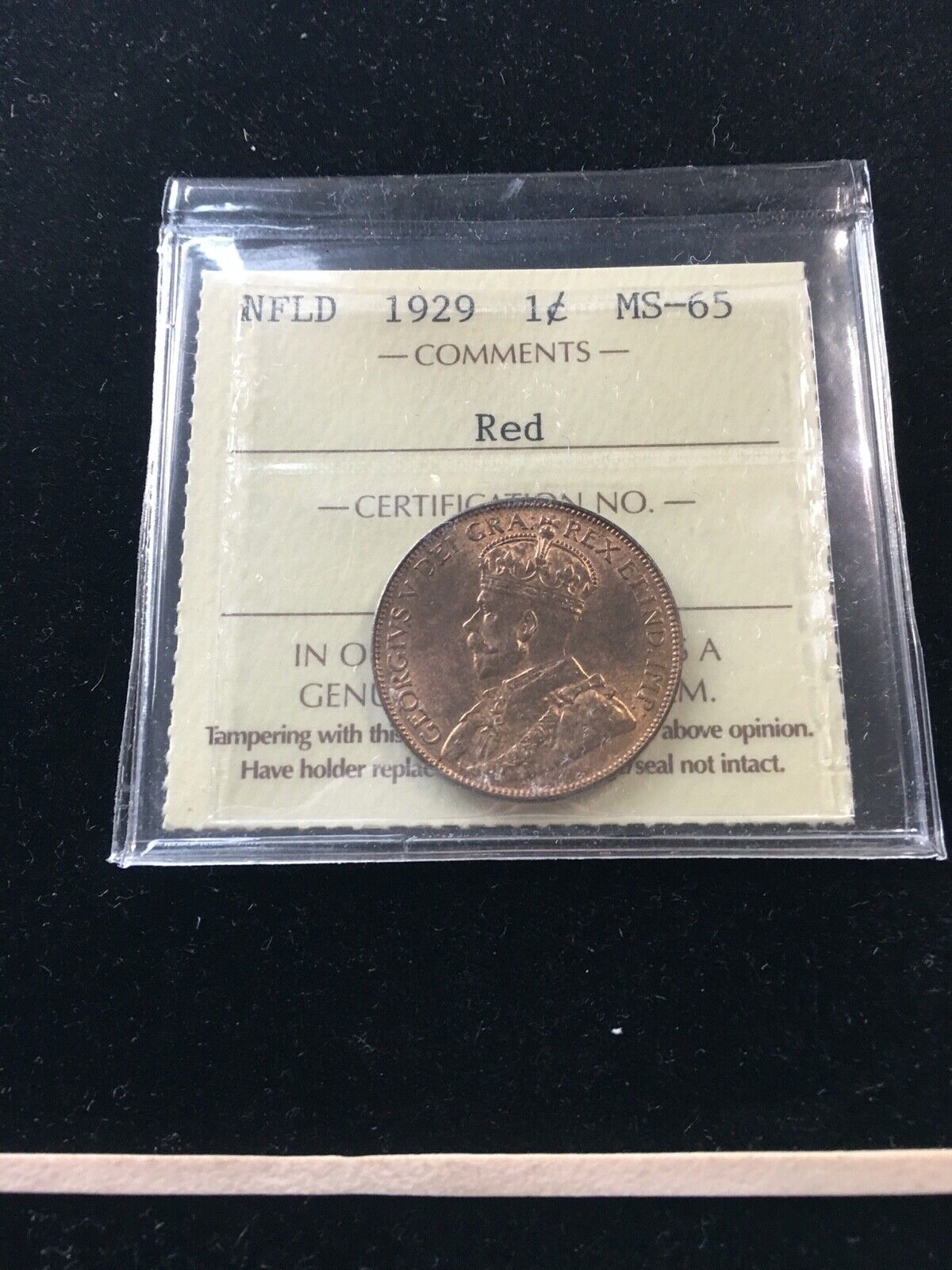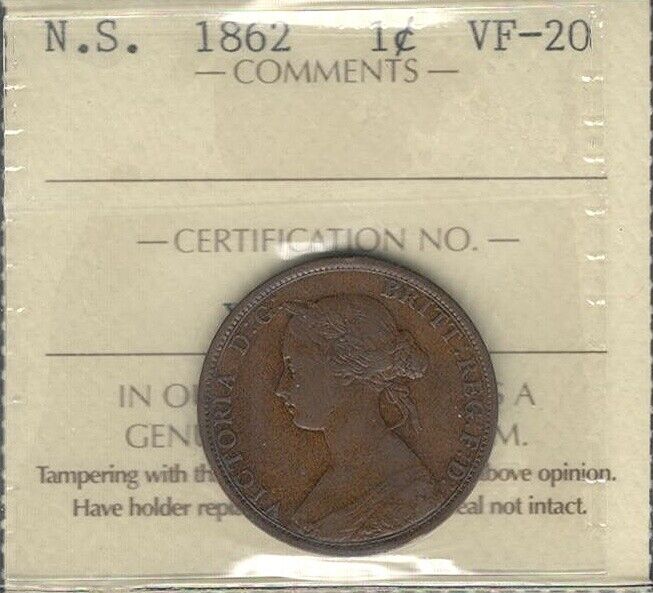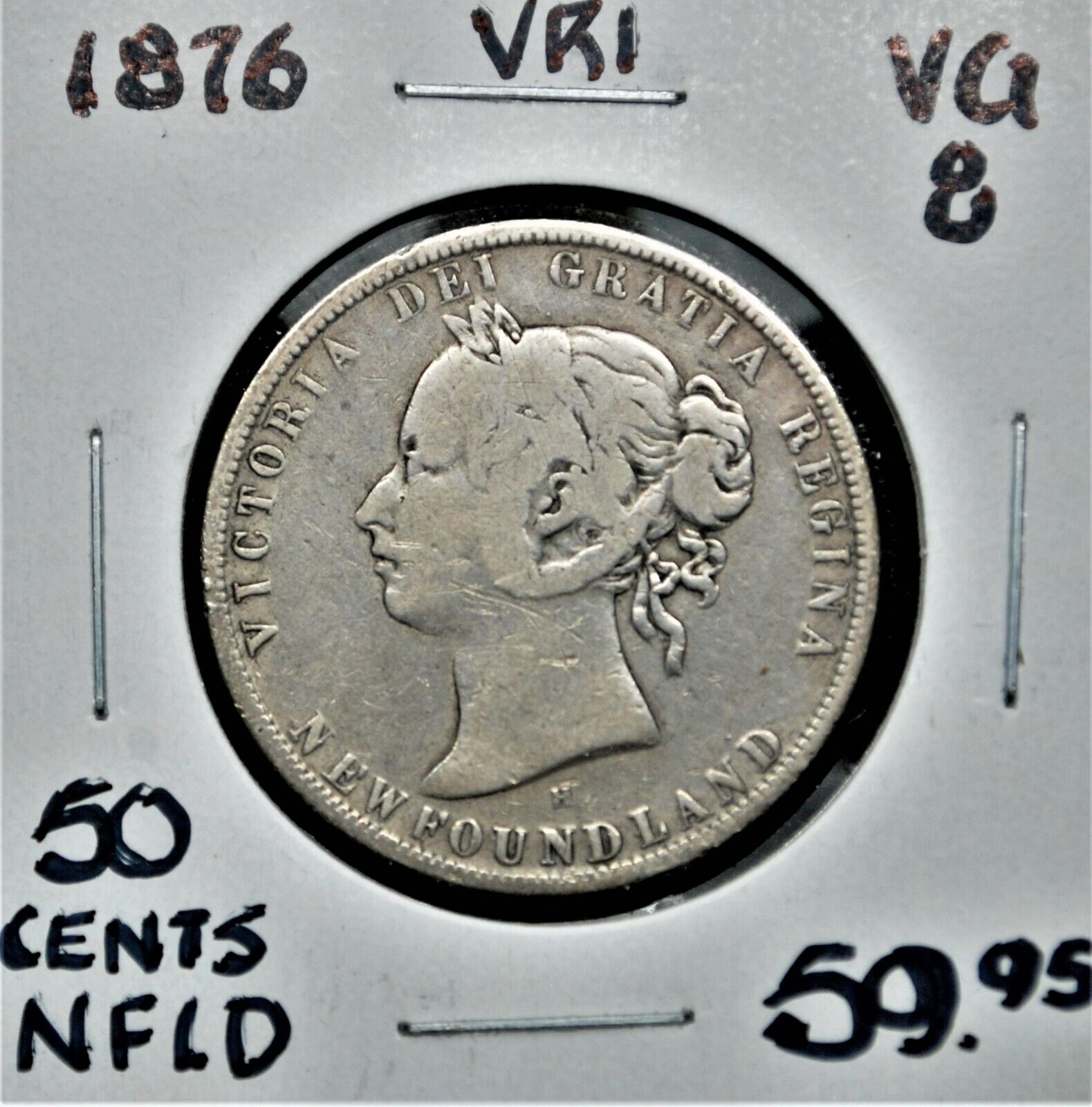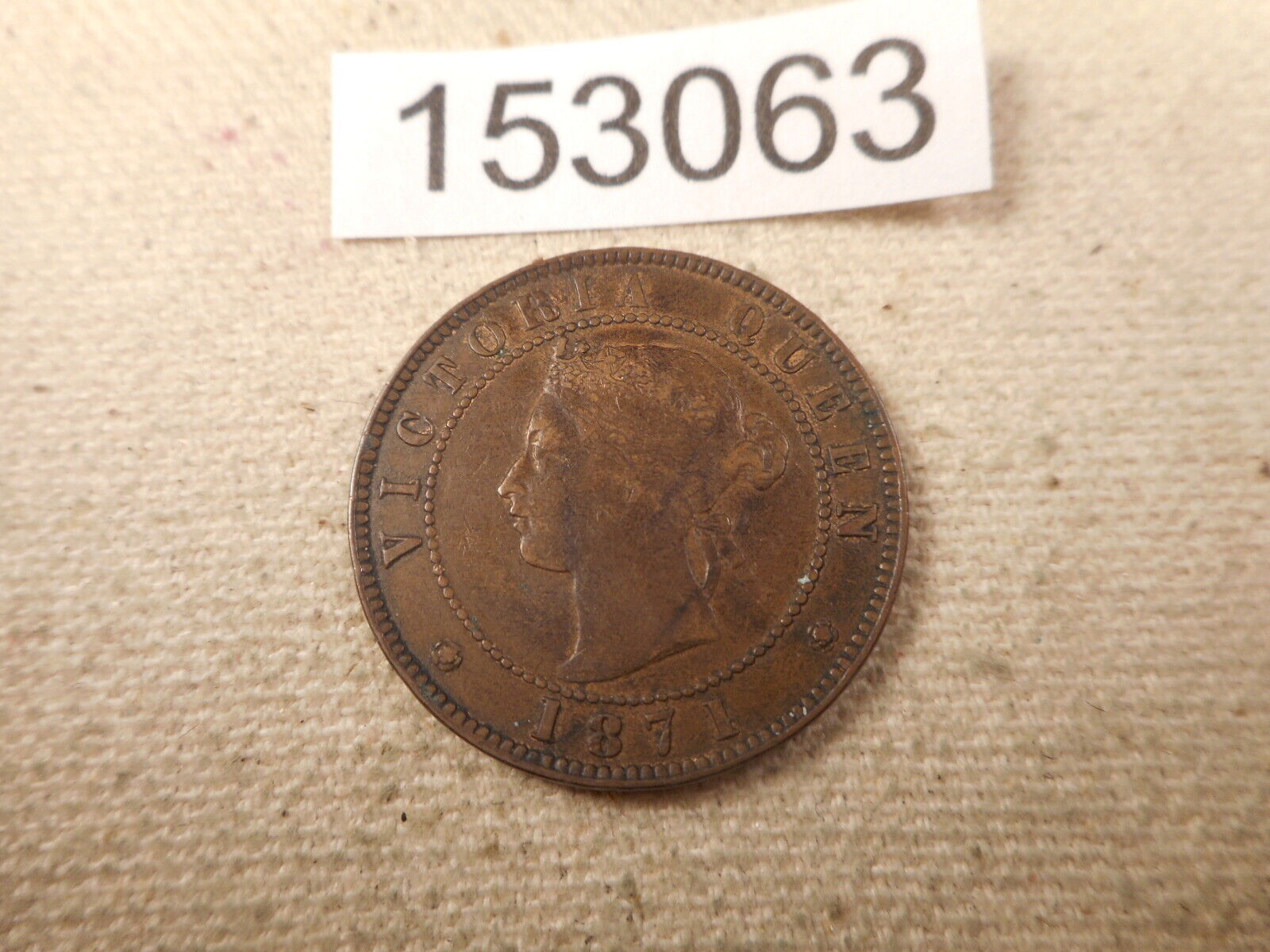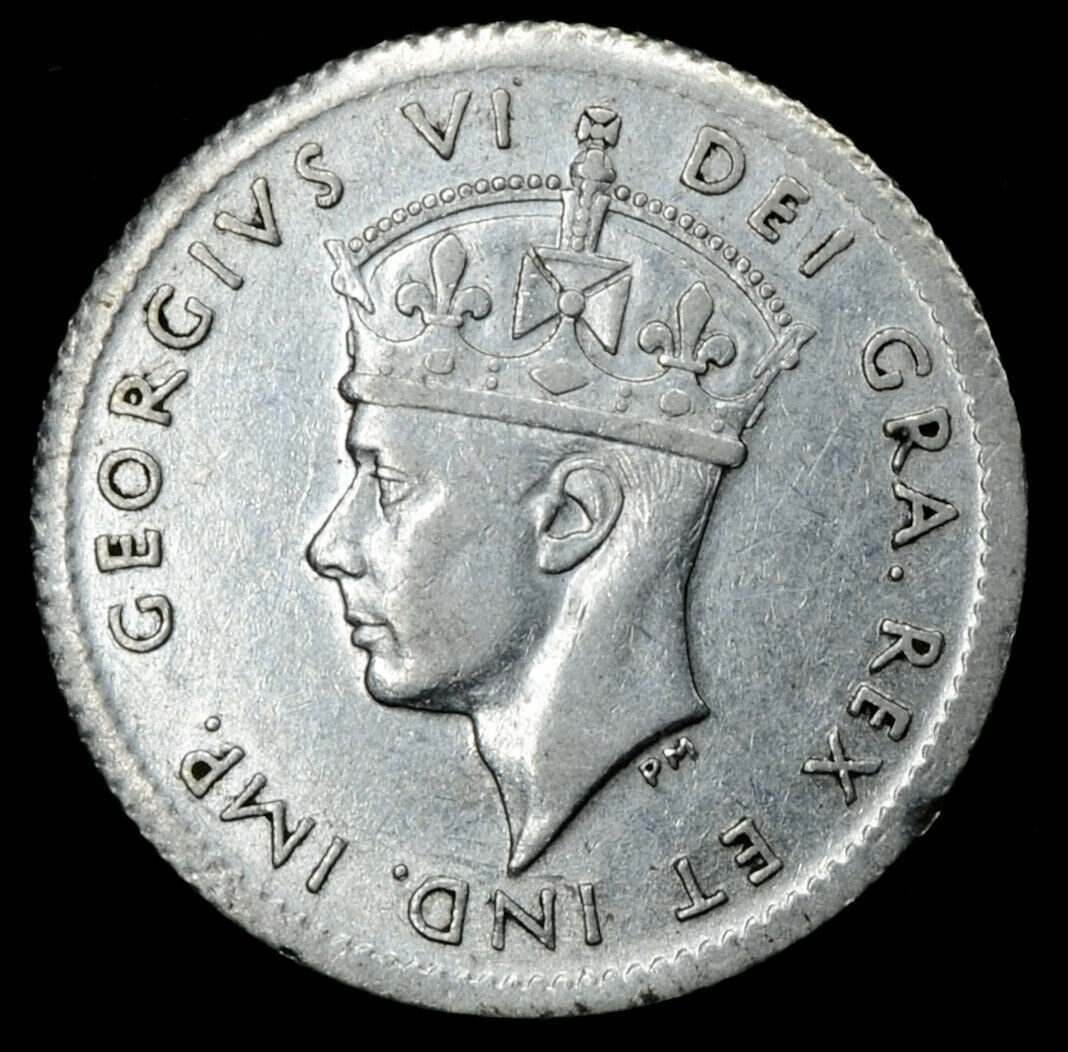-40%
1844 Bank of Montreal Canada Halfpenny Token, Breton-527, PC-1B3, MS65 RB NGC.
$ 551.46
- Description
- Size Guide
Description
The Front View halfpennies and pennies issued by the Bank of Montreal (est. 1817) from 1842 through 1845 represent the fourth attempt by the bank to introduce acceptable coinage into circulation. Its first attempt was the 1835 Bouquet Sous pieces, followed by the Habitant tokens of 1837 and the Side Views of 1838-1839.After Upper and Lower Canada were joined in 1841, the government of the Province of Canada authorized the Bank of Montreal, as well as the Quebec Bank and the Bank of Upper Canada to produce tokens for the territory at various times from 1842 through 1857. The Bank of Montreal issued 1,000 pounds of pennies and the same amount of halfpennies in 1842. In 1844, the bank imported 2,000 pounds of halfpennies. Another 1,000 pounds worth were brought over in 1845, although these were all dated 1844. Just a handful of 1845 halfpennies, perhaps three or four, are known.
The obverse of the Front Views features the original Bank of Montreal building with PROVINCE OF CANADA above and BANK OF MONTREAL below. The reverse, previously used on the Habitant tokens of 1837, shows the Montreal coat of arms designed by Jacques Viger in 1833 with a ribbon inscribed BANK OF MONTREAL below. The legend around reads: BANK TOKEN / 1844 / HALF PENNY. The coat of arms features the motto CONCORDIA SALUS (Safety in Union) and the motifs within the coat of arms represent the four main demographic groups that occupied the city — thistle for the Scotch, rose for the English, shamrock for the Irish, and a beaver for the French Canadians.
In his treatise on the tokens of the Bank of Montreal (1919), Eugene Courteau distinguishes between three main obverse groups with Tall, Heavy (Medium), or Small trees. These are paired with reverses showing the beaver with either a Short or Long nose.
This is an example of the Heavy Trees, Short Nose variety (PC-1B3). It has what Courteau calls an Open M in MONTREAL, with the central point even with the lowers serifs and pointing slightly toward the left one. The 4s in the date are widely spaced. The period after PENNY is round. The leafless stem on the shamrock is short, as are the ribbons ends. These diagnostics correspond to Courteau’s number 54.
The quality of this Gem example surpasses by leaps and bounds any other example we have ever encountered or are likely to encounter. It is tied with one other MS65 Red and Brown at NGC, with none in the Red color category. A single Red Gem is certified at PCGS, and none are this finer at ICCS as of their latest Population Report (3/19). The Doug Robbins Collection included a few 1844 halfpenny circulation strikes, the finest of which were two MS64 Red and Brown representatives.
The strike is razor-sharp on the building, trees, coat of arms, and legends. A touch of softness on the beaver is inconsequential. Fine raised die lines appear on each side, as do thin cracks and evidence of die fatigue in the fields. Without question, the glowing copper-orange color sets this Bank of Montreal halfpenny apart from its peers. There are hints of attractive gunmetal-blue color that prevent a full Red assessment, but these actually enhance the visual quality and confirm the token’s originality.
For sale is the exact item pictured. The coin will be shipped with tracking and insurance. I do combine shipping, just send me an email before paying. Each additional coin will cost 25 cents. Feel free to contact me if you have any further questions.
For more information visit Jacob Lipson Rare Coins
Canadian buyers are required to pay sales tax.
International buyers may be required to pay customs duties upon receipt. These are the responsibility of the buyer.
